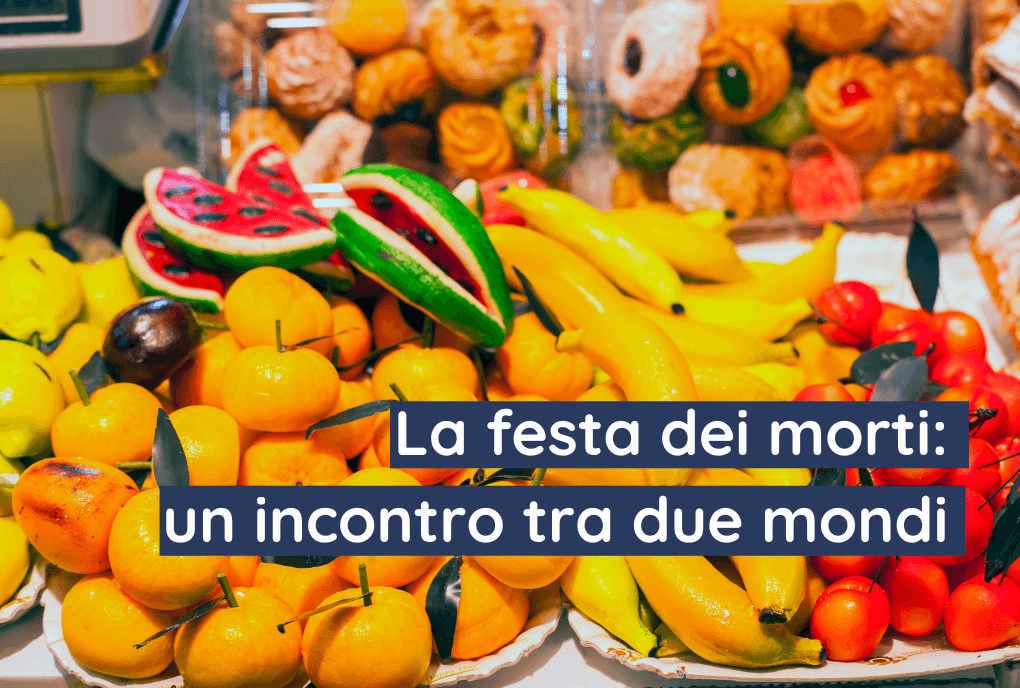
The festival of the dead: a meeting of two worlds
November 2 is, by tradition, the day when the world of the living merges with the world of the dead in a magical atmosphere of emotion, grief, nostalgia and good memories for the people who have been there. But also of unbreakable links between past, present and future. The legends and customs associated with this particular day are numerous, both in Sicily and in the rest of Italy and the world.
A day to remember
The November 2 is the day when, by tradition, the sharp boundary that separates our world from that of the dead becomes thinner and allows us to draw closer, with a thought, to those who are no longer with us.
The Feast of the Dead is an important date precisely because it is closely linked to a theme that has always frightened and caused pain in the human soul, that of death. In fact, celebrating the dead allows humans to both more easily overcome and accept the loss of loved ones, both to maintain a kind of continuity with one’s ancestors, remembering them and keeping them alive in one’s memory. It is therefore not surprising that this day is so heartfelt, both in Italy and abroad.
A celebration that comes from afar
If we wanted to place the beginning of celebrations to the dead temporally., we would have to jump back about 1,024 years, thus arriving in 998 AD. According to legend, in fact, St. Odilon, abbot of the abbey of Cluny (the most important Benedictine abbey in the Western world in medieval times), during a journey to the Holy Land, lost consciousness in a terrible storm near the seas of Sicily.
He was rescued by a hermit who took him to safety on a small island and who, upon his awakening, explained the storm had been caused by the souls of deceased people in purgatory, suspended between earth and heaven. The abbot, therefore, then chose to celebrate these souls near the feast of All Saints on November 1.
There is then, as always, a second version of the story, which associates the Feast of the Dead with the Celtic new year. In the Celtic year, in fact, October 31 was the Samhain, the last day of the pastoral year e November 1, the first day of winter. The night between the two dates was so long compared to the day that it allowed the prince of darkness to Calling back to their own world all spirits.
Sicilian traditions
On the night between November 1 and 2, the deceased visit the homes of their relatives and leave gifts and sweets for make the celebration less sad and create a rather magical atmosphere.
In particular, they leave sweets such as the sugar puppets, figurines depicting male and female figures; the tetu (or Catalans), soft cakes covered with sugar and cocoa icing. Also, the Martorana fruit, colorful almond-and-sugar-based orchards created by nuns to decorate the namesake monastery before the visit of a bishop or king (the protagonists of real treasure hunts organized for the occasion).
In other parts of the island, then, there is the custom of prepare an actual dinner for the deceased before going to sleep, so as to appease his or her soul during the transition to the world of the living.
The Feast of the Dead, therefore, is an important holiday that allows humans to cope with, overcome and accept a traumatic event such as death through rituals, stories and traditions, while at the same time enabling them to keep memory alive, building a strong link between past, present and future.
by Beatrice Saura





